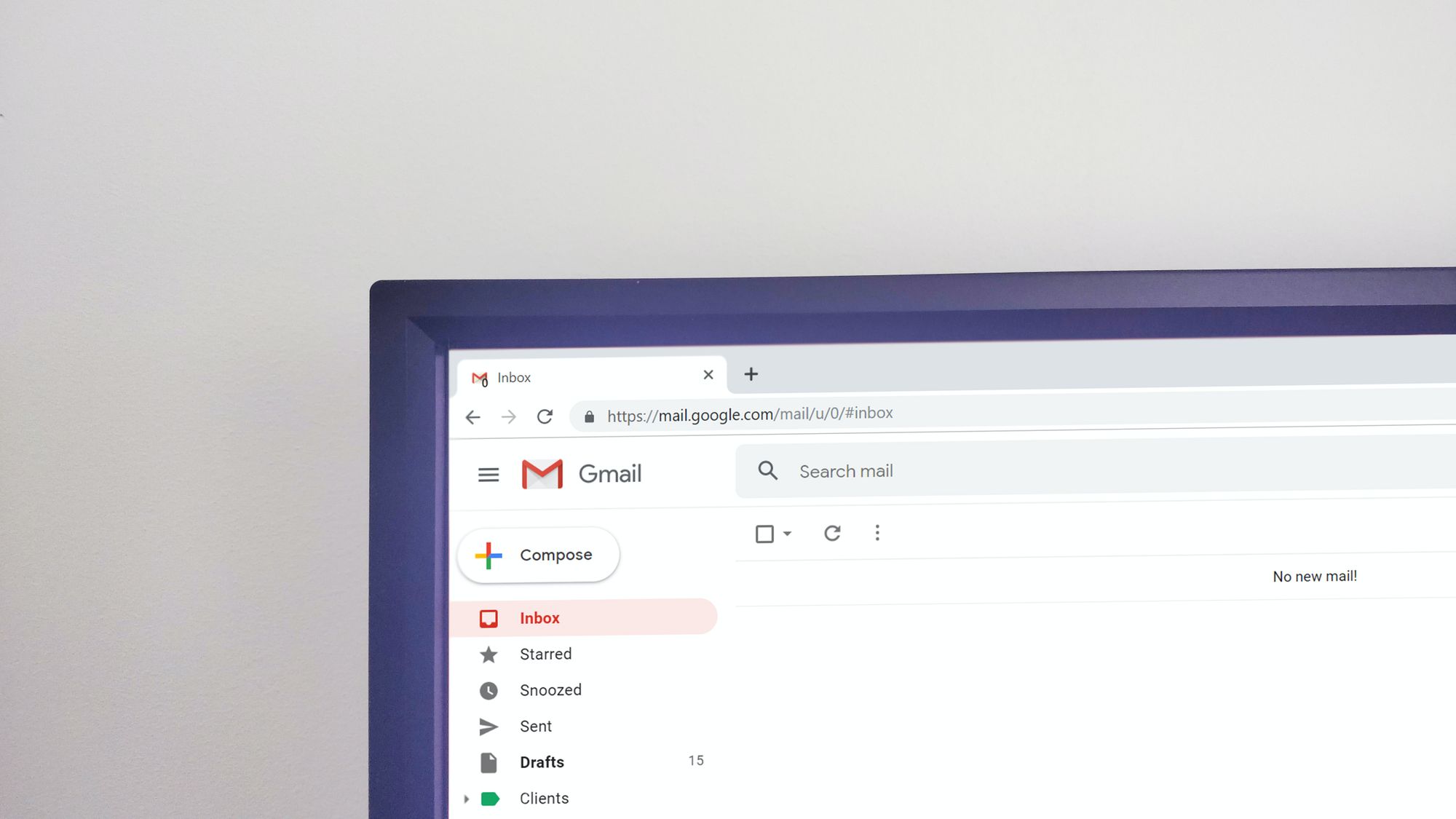Email communication is a cornerstone of modern communication, enabling efficient and effective correspondence in both personal and professional realms. Behind the scenes, email headers play a crucial role in the delivery process, providing valuable information about the origin, routing, and handling of an email.
In this comprehensive guide, we will explore the world of email delivery headers, unravel their mysteries, and provide expert insights and techniques to optimize your email success. By understanding and leveraging the power of email delivery headers, you can enhance deliverability, troubleshoot issues, and maximize the impact of your email communication.
The Basics of Email Delivery Headers

Email delivery headers are hidden lines of information added to the beginning of an email. They contain essential details about the email's journey, including sender and recipient information, timestamps, routing information, and technical data. Email headers are crucial for the proper handling and delivery of emails.
Components of Email Delivery Headers
Email delivery headers consist of various components, each providing specific information. Let's explore the key components of email headers:
2.1 Return-Path
The Return-Path header indicates the email address to which bounce notifications and delivery failure reports are sent. It helps identify the sender and receive important notifications related to the email delivery process.
2.2 From
The From header displays the email address and name of the sender. It is the primary identifier for the sender and is typically the address displayed to the recipient in the "From" field of their email client.
2.3 To, CC, BCC
The To, CC (Carbon Copy), and BCC (Blind Carbon Copy) headers specify the recipients of the email. The To header contains the primary recipient's address, while CC and BCC headers include additional recipients. BCC recipients remain hidden from other recipients.
2.4 Subject
The Subject header contains the subject line of the email. It provides a brief summary of the email's content and helps recipients understand the purpose of the message.
2.5 Date and Time
The Date and Time headers indicate when the email was sent. They provide recipients with information about the email's timeliness and help in organizing their inbox.
2.6 Message-ID
The Message-ID header is a unique identifier assigned to each email. It helps email clients and servers track and manage email threads and prevents duplicate delivery.
2.7 X-headers
X-headers are custom headers used for various purposes. They can provide additional information, such as tracking codes, spam filtering results, or specific instructions for email processing.

Leveraging Email Delivery Headers for Optimization

Understanding and leveraging email delivery headers can help optimize your email communication. Consider the following expert techniques:
3.1 Analyzing Email
By analyzing email headers, you can gain insights into the email's journey, trace the path it took, and identify any issues encountered along the way. Look for important details, such as server names, timestamps, and response codes, to troubleshoot delivery problems or investigate suspicious activities.
3.2 Checking SPF, DKIM, and DMARC Authentication
Email delivery headers often contain information related to SPF, DKIM, and DMARC authentication protocols. Verify that these protocols are properly implemented and aligned with your email domain to enhance deliverability and prevent unauthorized use of your domain.
3.3 Investigating Bounce Messages
If you receive bounce notifications or delivery failure reports, review the email headers to understand the reason for the bounce. Look for error codes, recipient server responses, or spam filtering information to pinpoint the cause and take appropriate action.
3.4 SPF Record Testing
SPF records, defined in the email delivery headers, can be tested to ensure they are correctly configured. Use SPF record testing tools to verify that your SPF record includes all authorized senders and provides the necessary information for email servers to authenticate your emails.
Frequently Asked Questions (FAQs)
4.1 How can I view email headers in different email clients?
To view email headers in different email clients, the process may vary. In general, you can access email headers by right-clicking on the email, selecting "View Source" or "Message Source," and locating the headers section. Consult the help documentation or support resources of your specific email client for detailed instructions.
4.2 Are there tools to analyze email headers automatically?
Yes, several tools are available to automatically analyze email headers. These tools can extract and interpret header information, provide insights into email delivery paths, and identify potential issues. Examples include online header analysis services, email testing platforms, and email deliverability monitoring tools.
4.3 How can I troubleshoot email delivery issues using email headers?
To troubleshoot email delivery issues using email headers, focus on error codes, server responses, and timestamps. Look for patterns, compare headers from successful deliveries, and analyze any discrepancies or abnormalities. If you're unsure about the cause or solution, consult with email deliverability experts or contact your email service provider's support team for assistance.
In conclusion, email delivery headers hold valuable information about the journey and handling of your emails. By understanding and leveraging these headers, you can optimize your email success, troubleshoot delivery issues, and enhance your overall email communication. Embrace the power of email delivery headers by following the expert insights and techniques outlined in this comprehensive guide. Maximize the impact of your email messages and unlock the full potential of your email communication today!

